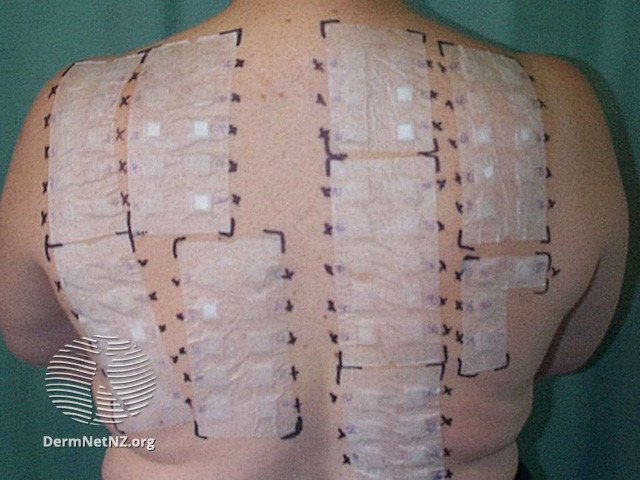
Patch Testing
Introduction to Patch Testing
Patch testing is a diagnostic procedure used to identify substances that may be causing allergic contact dermatitis or other skin reactions. It involves applying various allergenic substances on small patches, which are then adhered to the skin for a specific period. The most commonly used patch tests in dermatology include the T.R.U.E. Test and the North American Standard Series.
Types of Patch Tests
T.R.U.E. Test
Short for "Thin-layer Rapid Use Epicutaneous Test," the T.R.U.E. Test is a ready-to-use system containing 35 common allergens. It is often used for its convenience and ease of application.
North American Standard Series
This test series includes a broader range of allergens, usually around 50 to 70, and is more customizable. It's commonly used when a more comprehensive screening is required.
Before the Procedure
Consultation: A detailed medical history and examination are conducted to identify potential allergens.
Skin Preparation: Ensure the area where the patches will be applied is clean and free from any creams or lotions.
During the Procedure
Application: The patches, containing allergens in a non-irritating base, are applied to the skin, typically on the back.
Duration: The patches remain in place for 48 hours, during which time they should not get wet.
After the Procedure
Patch Removal: After 48 hours, the patches are removed, and an initial reading is taken.
Final Assessment: A final reading is usually done at 72 or 96 hours to identify delayed reactions.
Results Interpretation: Reactions range from negative (no reaction) to extreme irritation or blistering, which signifies a strong allergic reaction.
Post-Test Guidelines
Avoid Irritants: Keep the tested area away from sunlight and avoid applying any topical medications unless advised.
Result Consultation: Discuss the results with your dermatologist to understand the allergens you should avoid and the appropriate treatment for your condition.
Potential Limitations
False Negatives: Some allergens may not be part of the standard test series, leading to false negatives.
False Positives: Skin irritation can sometimes mimic an allergic reaction, causing a false positive.
Conclusion
Patch testing, including the T.R.U.E. Test and the North American Standard Series, serves as an invaluable tool in diagnosing allergic contact dermatitis and guiding subsequent treatment. Like any diagnostic test, it comes with its set of limitations, but when executed and interpreted correctly, it provides crucial insights into managing skin conditions effectively.
